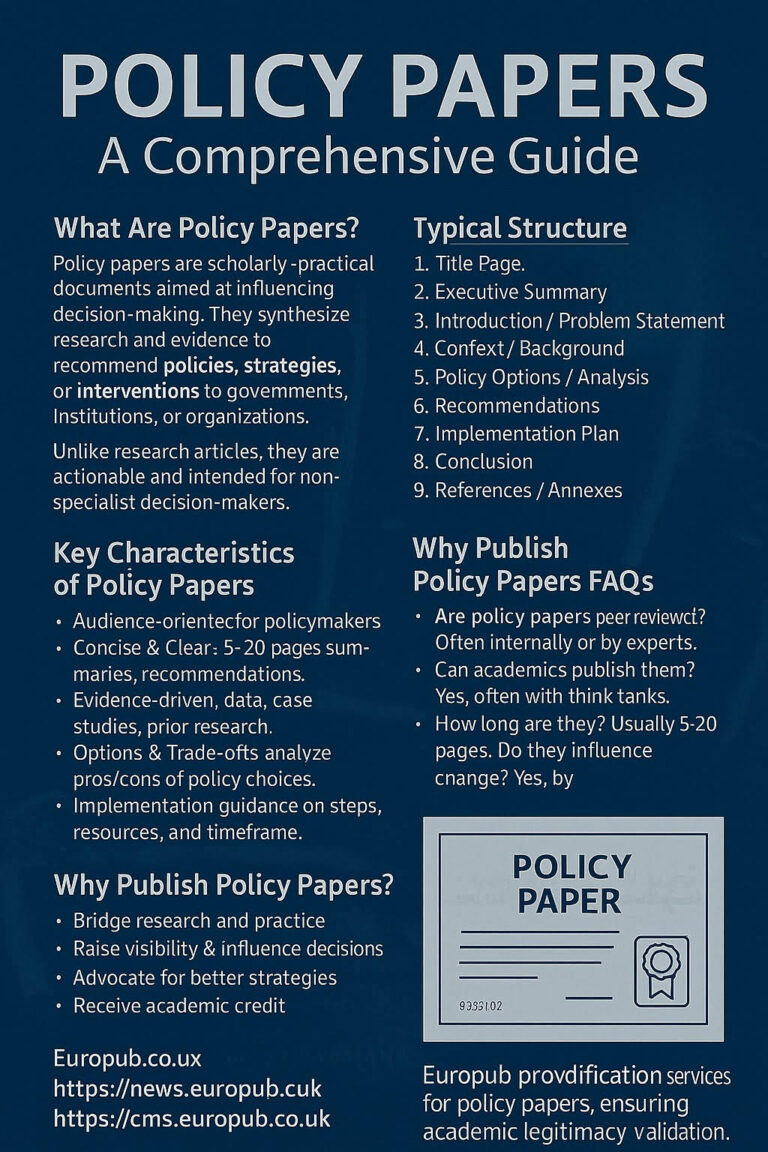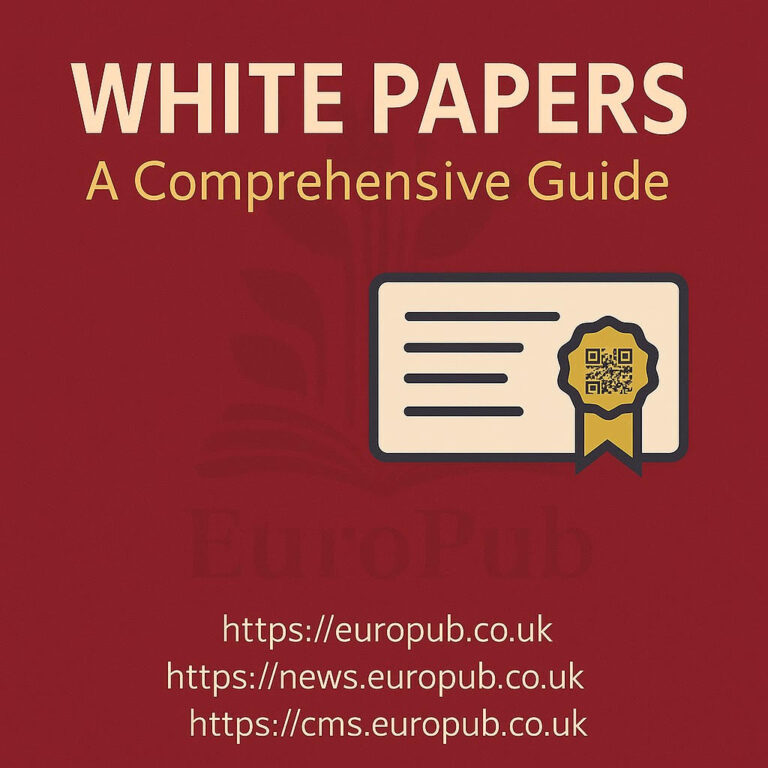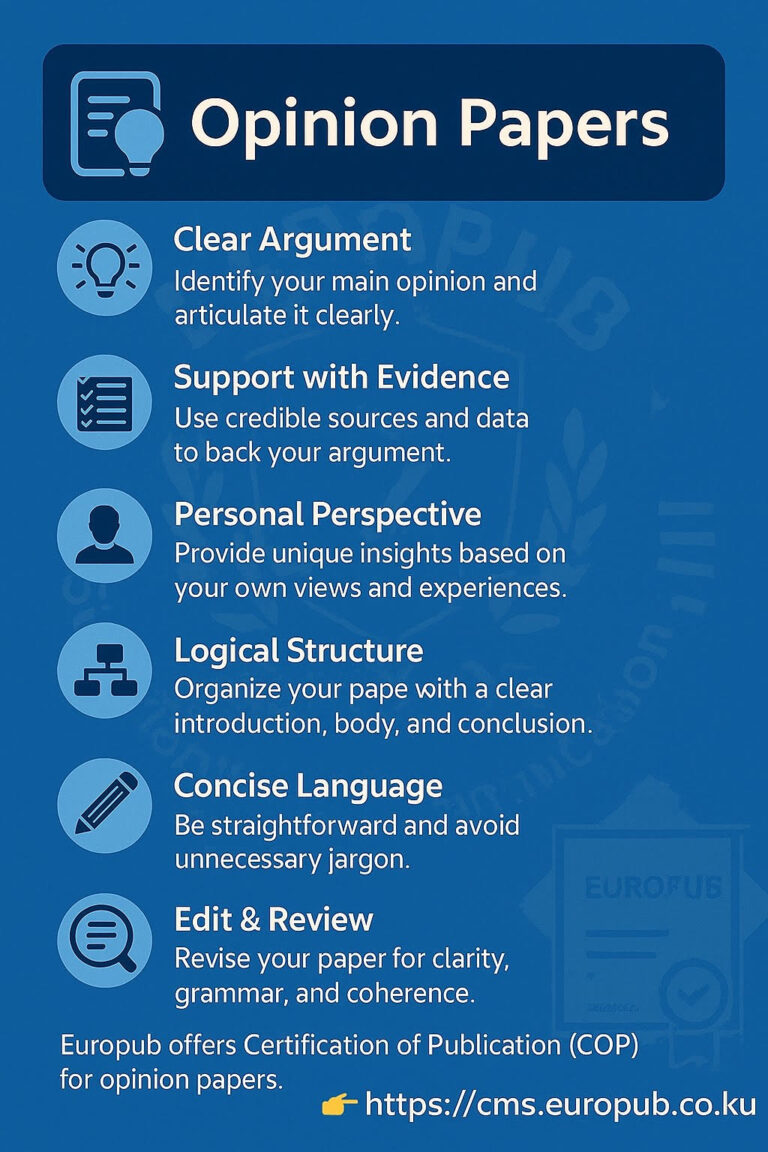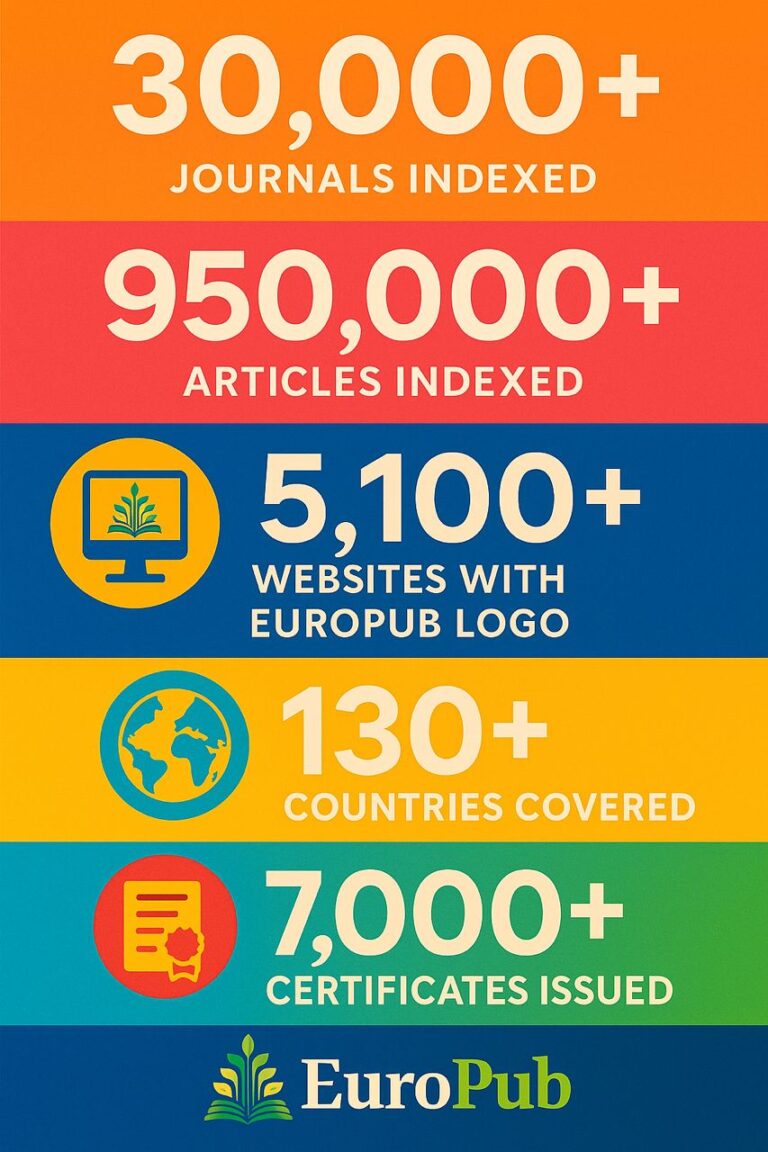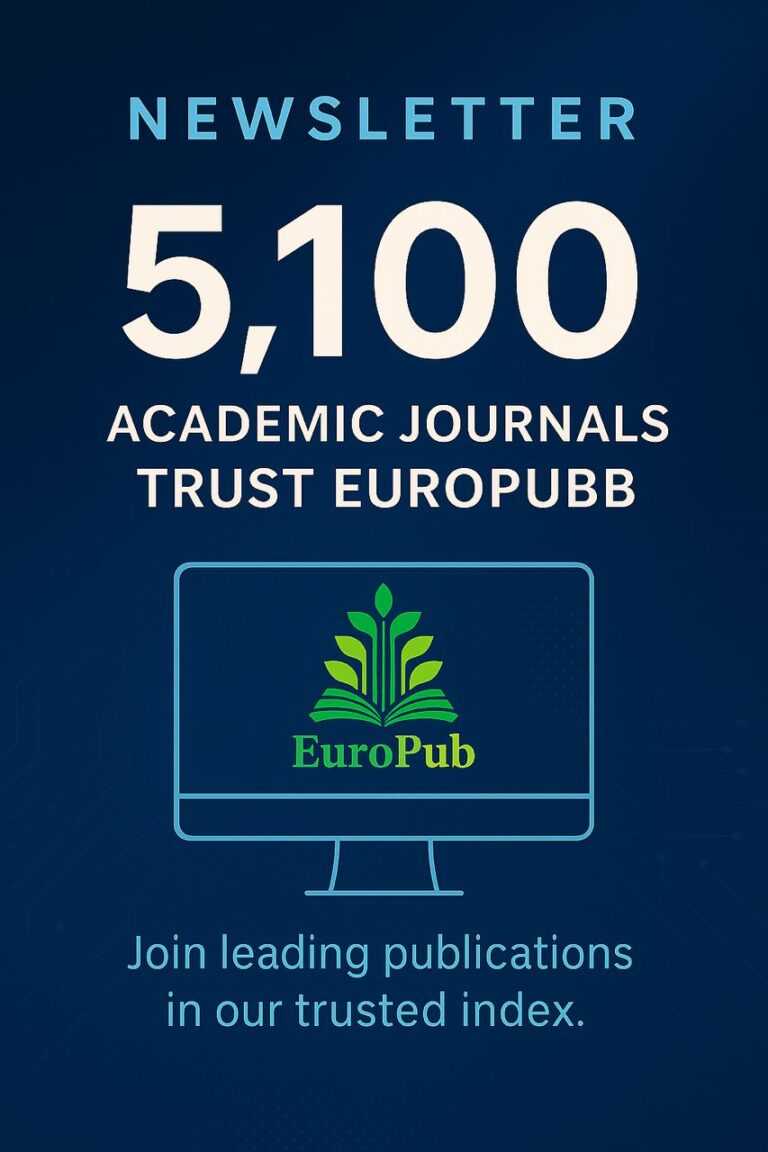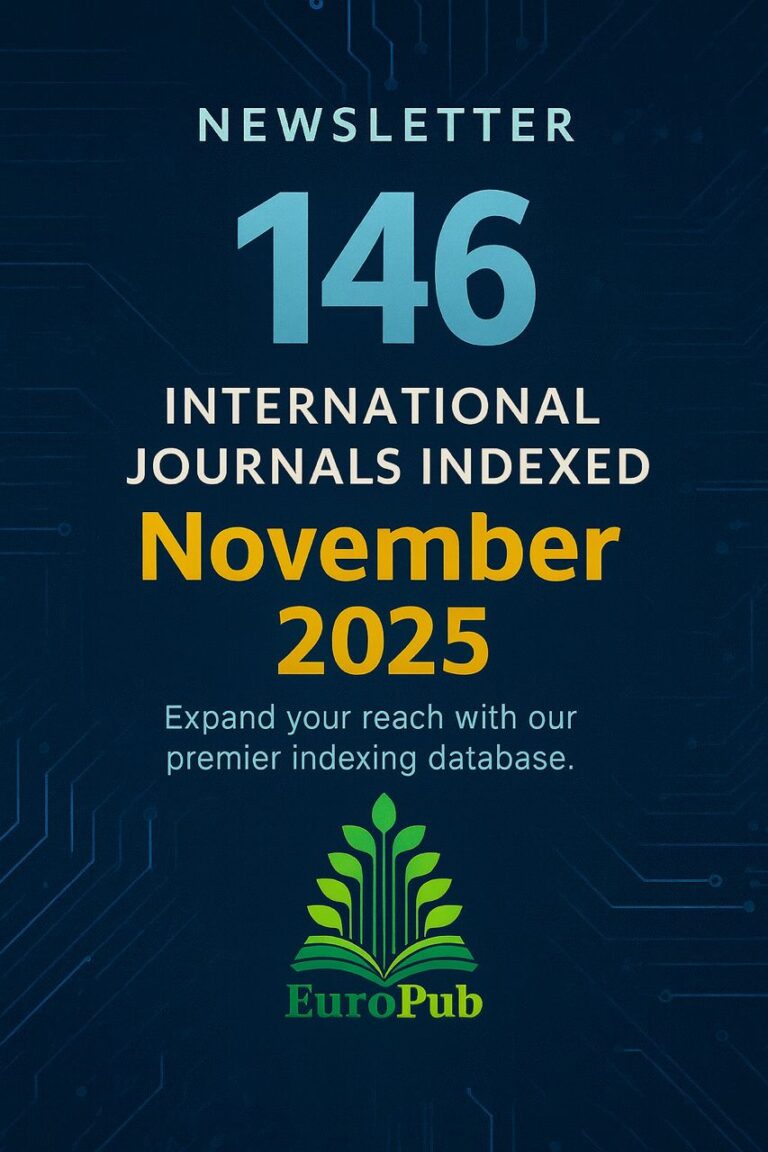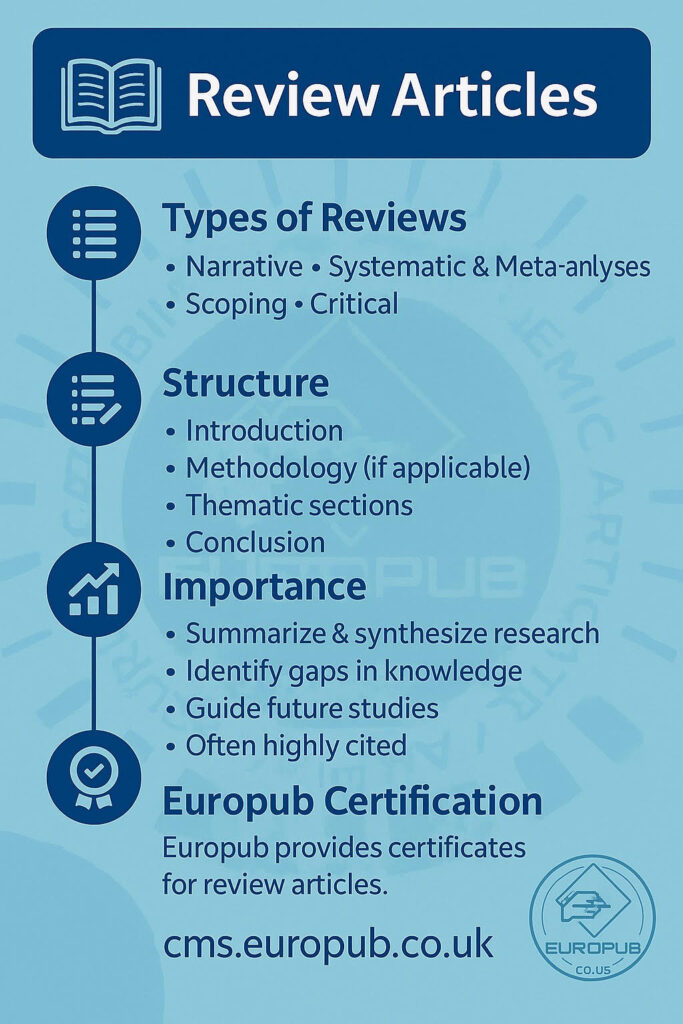
Introduction
A Review Article is a type of academic paper that summarizes, evaluates, and synthesizes previously published research on a particular topic. Unlike original research articles, which present new data, review articles focus on analyzing the existing body of knowledge to identify trends, gaps, and future directions.
Review articles are often highly cited because they provide comprehensive insights and serve as valuable references for researchers, students, and practitioners.
Types of Review Articles
- Narrative Reviews
- Provide a broad overview of a topic.
- Useful for summarizing general trends.
- Systematic Reviews
- Use a structured method to collect, analyze, and evaluate studies.
- Follow specific protocols such as PRISMA.
- Meta-Analyses
- Combine statistical data from multiple studies.
- Provide quantitative conclusions with higher evidence strength.
- Scoping Reviews
- Explore broad research questions.
- Identify key concepts and research gaps.
- Critical Reviews
- Analyze strengths and weaknesses of studies in depth.
- Often challenge existing perspectives.
Structure of Review Articles
- Title & Abstract
- Clear and descriptive; often includes keywords.
- Introduction
- Defines the scope and rationale of the review.
- Methodology (for systematic reviews)
- Explains search strategies, inclusion/exclusion criteria.
- Body / Thematic Sections
- Organized by themes, chronology, or methods.
- Discussion
- Identifies strengths, weaknesses, and gaps in research.
- Conclusion & Future Directions
- Summarizes findings and suggests future research areas.
- References
- Comprehensive citation of all included works.
Importance of Review Articles
 Provide researchers with a comprehensive understanding of a field.
Provide researchers with a comprehensive understanding of a field.
 Highlight gaps in knowledge to inspire new research.
Highlight gaps in knowledge to inspire new research.
 Help policymakers and practitioners make evidence-based decisions.
Help policymakers and practitioners make evidence-based decisions.
 Often more widely cited than original research.
Often more widely cited than original research.
Best Practices for Writing Review Articles
- Define a clear scope and objectives.
- Use reliable databases (Scopus, Web of Science, PubMed).
- Be systematic and transparent in methodology.
- Avoid bias in selecting and analyzing studies.
- Use visual tools like tables, graphs, and PRISMA diagrams.
- Follow journal formatting and referencing guidelines.
Common Mistakes
 Writing too broadly without focus.
Writing too broadly without focus.
 Missing important studies due to poor search strategy.
Missing important studies due to poor search strategy.
 Failing to highlight gaps or limitations.
Failing to highlight gaps or limitations.
 Over-relying on secondary sources instead of primary studies.
Over-relying on secondary sources instead of primary studies.
Tools & Resources
Europub Certification & Guidance
Europub provides specialized Certificates for Review Articles via its Certificate Management System:
 Certificate of Publication for Review Articles
Certificate of Publication for Review Articles
 Certificate of Peer Review Completion
Certificate of Peer Review Completion
 Certificate of Scientific Contribution
Certificate of Scientific Contribution
With Europub certification, you can:
- Showcase credibility and recognition.
- Improve visibility in Scopus / ISI indexed journals.
- Enhance your academic profile and H-index.
 Apply here: https://cms.europub.co.uk
Apply here: https://cms.europub.co.uk
 Main site: https://europub.co.uk
Main site: https://europub.co.uk
 Newsletter: https://news.europub.co.uk
Newsletter: https://news.europub.co.uk
 Europub experts also provide guidance on systematic reviews, PRISMA compliance, and publishing in high-impact journals.
Europub experts also provide guidance on systematic reviews, PRISMA compliance, and publishing in high-impact journals.
 Frequently Asked Questions (FAQs) on Review Articles
Frequently Asked Questions (FAQs) on Review Articles
1. Are review articles original research?
Answer: No. They analyze existing studies but do not present new experimental data.
2. Why are review articles important?
Answer: Because they provide summaries, critical analysis, and directions for future research.
3. How long should a review article be?
Answer: Typically 4,000 – 8,000 words, depending on the journal and type of review.
4. Do review articles require peer review?
Answer: Yes. High-quality review articles undergo the same rigorous peer-review process as original research.
5. Are systematic reviews and meta-analyses the same?
Answer: No. A systematic review organizes and evaluates studies, while a meta-analysis uses statistical methods to combine data.
6. Are review articles highly cited?
Answer: Yes. They are often more cited than original research because they serve as reference points for entire fields.
Conclusion
Review Articles are critical pillars of academic publishing. By synthesizing existing knowledge, they help researchers and practitioners understand complex fields, identify gaps, and plan future studies. Europub supports researchers through certifications, peer review recognition, and expert guidance to ensure high-quality review article publication.
